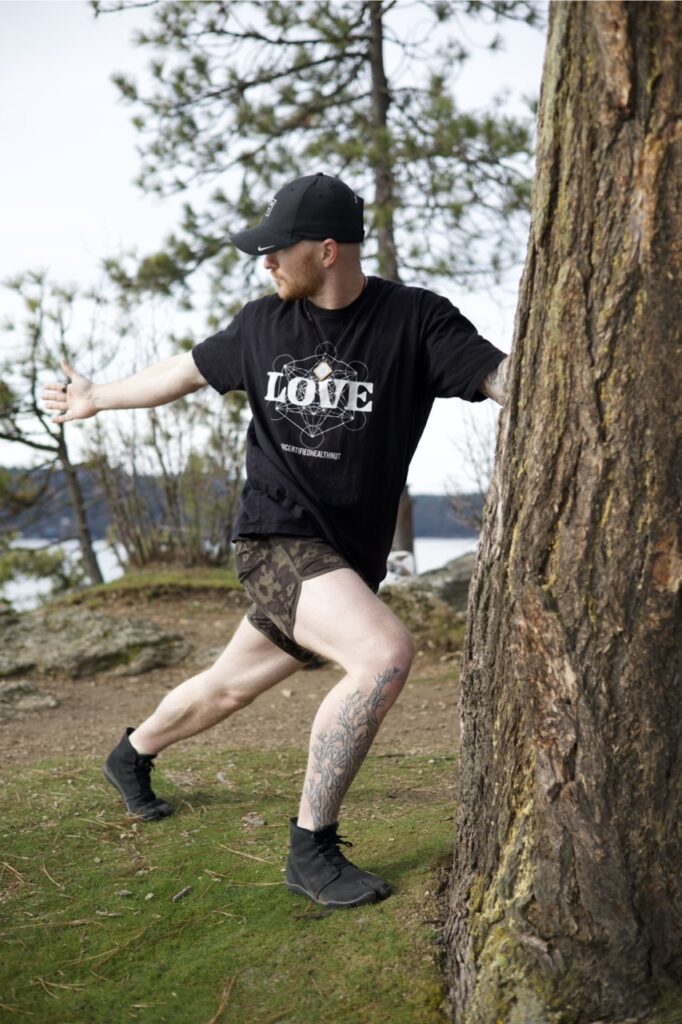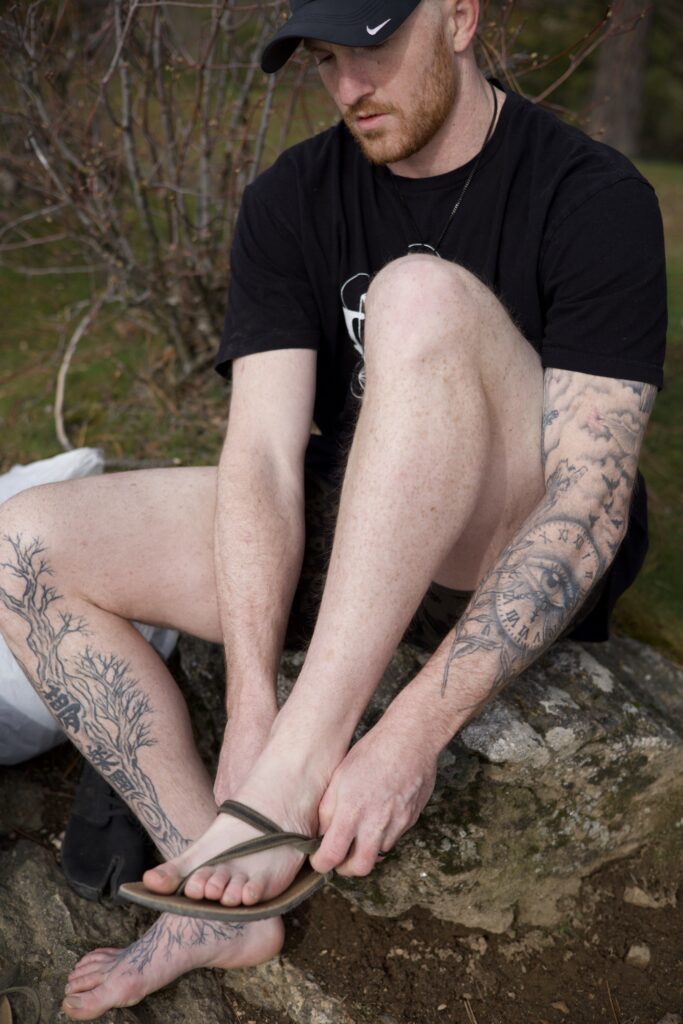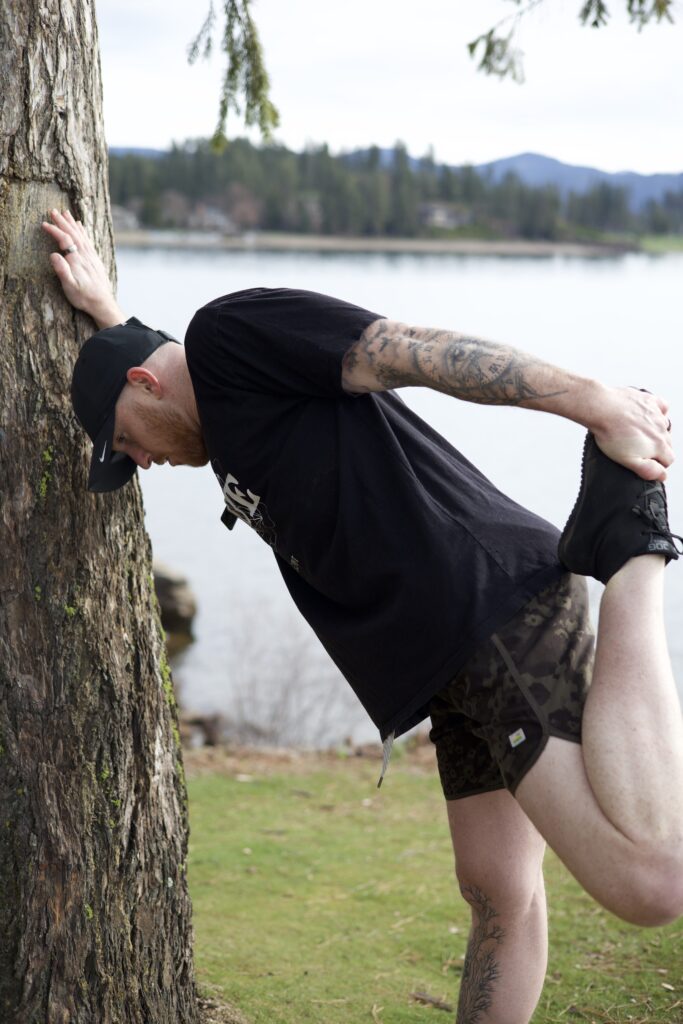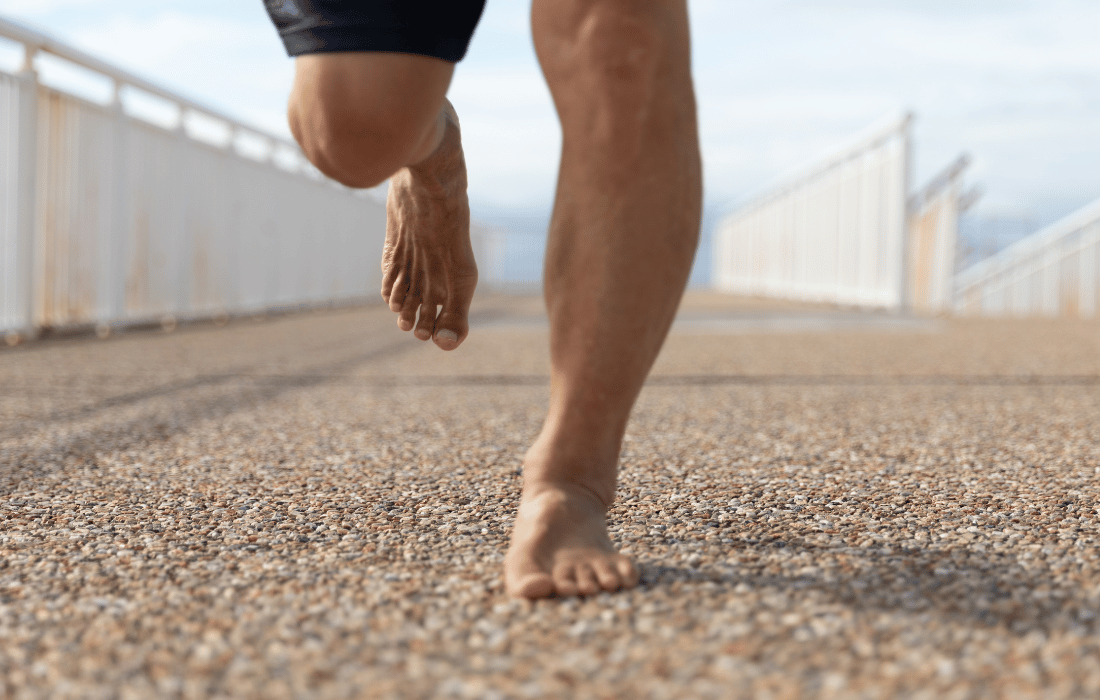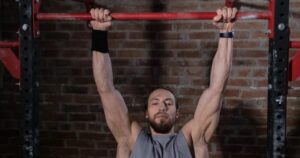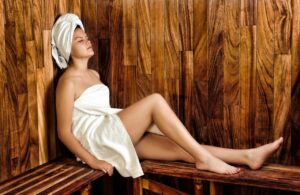I’ve been a proponent of minimalist footwear, often referred to as “barefoot shoes,” for quite some time now. However, I’m not particularly fond of this term and consider it an oxymoron. How can one be barefoot with shoes on? Although it’s a contradiction, “barefoot shoes” or “minimalist footwear” offers the next best thing: the sensation of being barefoot while providing some degree of protection. This feeling reconnects us to our environment in a way that modern, heavily cushioned footwear simply cannot.
The human foot is an evolutionary marvel, finely tuned through millennia to support the unique demands of bipedal locomotion. Throughout evolutionary history, our ancestors transitioned from arboreal life to the ground, leading to significant anatomical changes that facilitated endurance running and walking over diverse terrains. The foot’s complex structure, including its arches, toe alignment, and sensory capabilities, has been perfected to provide stability, flexibility, and feedback necessary for efficient movement.
The Disconnect Caused by Modern Footwear
Modern shoes, with their rigid soles and excessive padding, disconnect us from the earth. They dull the sensory feedback that our brains receive from the thousands of nerve endings in our feet. This lack of sensory input can lead to unskilled, awkward movements and even pain, affecting our overall body mechanics. The natural foot is wide, flexible, and richly innervated—it’s designed for varied, dynamic movement that modern footwear often inhibits.
The human foot is designed to be wide, flexible, and highly sensory. It features a fan-shaped form with three dynamic arches that function as natural shock absorbers. These arches help distribute the weight of the body evenly across the feet, enhancing balance and reducing stress on the lower limbs. The foot’s sensory nature is underlined by its thousands of nerve endings that relay information about the terrain back to the brain, ensuring precise and safe movements.
Sensory Information and Movement
The sensory feedback from the feet is crucial for skilled and pain-free movement. The brain dedicates a significant amount of processing power to the feet, similar to the hands, suggesting the importance of tactile feedback in movement coordination. When shoes limit this sensory input, it can lead to unskilled, awkward movements and even pain due to the brain receiving inadequate feedback.
Stability Through Structure
The foot’s stability is primarily provided by its arches, which act like natural springs. These arches allow the foot to adapt to changes in load, with muscles and ligaments supporting the arches in various phases of movement. During running, the foot and ankle are designed to absorb significant amounts of shock—up to 52% of the shock involved in running can be absorbed by these structures. Modern footwear often alters this natural shock absorption, leading to increased stress on the knees and hips.
Strength and Flexibility for Healthy Movement
The design of the foot incorporates flexibility and strength, essential for healthy movement. The presence of “rockers” in the foot-specific points of pivot that include the heel, ankle, and big toe—facilitates smooth transitions in movement phases from heel-strike to toe-off. The flexibility and strength of the big toe, in particular, are vital as it acts as a lever for propulsion, highlighting the importance of toe mobility in efficient locomotion.
The Detrimental Effects of Conventional Footwear
Modern shoes often compromise the foot’s natural abilities. Shoes with narrow, rigid designs constrict the foot, impairing its natural shape and function. This can lead to weakened muscles, compromised stability, and reduced sensory feedback, which in turn can cause foot deformities such as bunions and Morton’s Foot, where the first toe recedes behind the second.
Moreover, the heavy cushioning and structured designs of modern shoes diminish the essential sensory feedback from the foot to the brain, leading to clumsy movements and inefficient biomechanics. Shoes are primarily meant to protect from environmental hazards like sharp objects and extreme temperatures, not interfere with the foot’s natural mechanics.
Relearning Natural Movement
The benefits of relearning natural movement patterns are immense. Walking and running in a way that respects the foot’s evolutionary design can prevent injuries and enhance movement efficiency. Barefoot running and minimalist footwear are gaining popularity as more individuals recognize the benefits of allowing the foot to move as nature intended.
The Road Ahead: Footwear That Respects Foot Biology
Ideally, footwear should mimic the barefoot experience, protecting while also allowing the foot to move naturally. This means shoes should be thin-soled for sensory feedback, wide enough to allow natural toe spread, and flexible to permit natural foot movements.
There are a few companies that I like when it comes to “barefoot” or minimalist footwear. For the trail or working out, I usually will either go with my EarthRunner sandals, Ion Sync Tabi’s by EarthRunner, or my hiking boots from Vivo Barefoot.
When it comes to casualwear, Feelgrounds is one of my new favorite companies. Their shoes are extremely comfortable, with zero drop in the sole, a wide toe box, and very thin design.
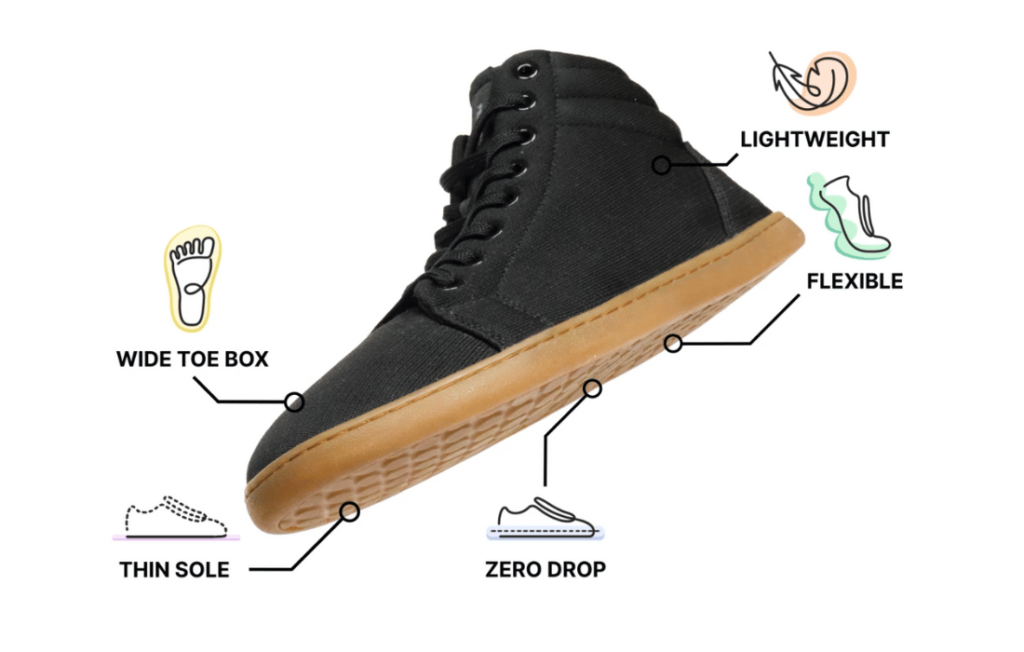
Special Highlight on the Tabi
One of the most promising designs that reconnect us with our roots while providing the benefits of modern technology is the Tabi shoe design. Inspired by centuries-old Japanese footwear, the Tabi design is renowned for promoting foot health, freedom, and functionality. EarthRunners has taken this traditional concept to a new level with their Ion Sync® Sports Jog Tabi. These shoes blend the split-toe functionality of the Tabi with cutting-edge conductive polymer technology, fostering an intimate connection with the earth—something our ancestors enjoyed naturally.
The Ion Sync® Sports Jog Tabi from EarthRunners are not just shoes; they’re a revival of ancient wisdom adapted for the modern world.
Key features:
Upper: Durable and breathable woven polyester, ideal for keeping your feet cool and comfortable.
Stack Height: A minimal drop from a 10mm heel to a 6mm forefoot encourages a more natural foot strike.
Outsole: Gummy outsole with 4mm lugs designed for excellent traction without compromising ground feel.
K1 Grounding Port: Equipped with four Ion Sync® earthing plugs, these shoes offer a unique grounding capability, purported to reduce inflammation and improve sleep.
Width and Shape: With a medium width and an anatomical design, these shoes allow for natural toe splay, which is essential for proper foot mechanics.
Why Minimalist Footwear?
Choosing minimalist shoes like the EarthRunners Tabis isn’t just about comfort—it’s about enhancing your foot’s natural abilities. These shoes encourage muscle engagement and proper alignment, which can lead to stronger feet, less pain, and improve overall movement. Unlike traditional footwear, which can lead to a host of foot problems like Morton’s Foot or bunions, minimalist shoes like the EarthRunners help to preserve the foot’s natural shape and function.
Relearning natural movement involves more than just adopting minimalist footwear; it’s about embracing a comprehensive approach to movement that respects and enhances the foot’s natural mechanics. Walking and running in a way that aligns with our evolutionary design can prevent injuries and enhance movement efficiency. As more individuals recognize the benefits of allowing the foot to move as nature intended, there’s a growing shift towards embracing barefoot and minimalist footwear practices.
This shift is supported by a growing body of research highlighting the benefits of minimalist footwear, which includes increased foot strength, improved balance, and a deeper connection to our environment through enhanced sensory feedback. These shoes are designed to mimic the feeling of being barefoot, providing minimal interference with the natural movement of the feet while offering protection from environmental hazards.
Deep Dive into Timothy Shieff’s “The Outside Edge” Foot & Ankle Program
As someone deeply invested in the nuances of functional foot care, I was intrigued by Timothy Shieff’s program, “The Outside Edge.” This isn’t just another foot care routine; it’s a revolutionary approach that completely transformed my understanding and practice of maintaining functional foot health. Tim Shieff, a name synonymous with parkour excellence and known for his thought-provoking shift away from veganism due to personal health revelations, has channeled his extensive knowledge into a program that goes beyond typical care—it integrates the wisdom of Chinese medicine to holistically address foot and fascia health.
Why This Program Stands Out
What sets “The Outside Edge” apart is its comprehensive structure, designed not just to treat but to transform how we connect with our body’s foundation. Spread across four elemental themes—earth, air, fire, and water—the program offers a series of targeted exercises and stretches that are meticulously detailed in a 24-page PDF guide complemented by over two dozen instructional videos. Each element focuses on different aspects of foot and ankle health, from stabilizing and strengthening to realigning and re-tensioning the very structures that support us daily.
As I integrated these practices into my routine, the changes were not subtle. My feet began to feel more robust, more agile, and strangely enough, more intelligent. The exercises, particularly from the ‘earth’ element focusing on stabilization, and the ‘water’ element with its soothing stretches, have not just alleviated discomfort but enhanced my overall mobility and connection to the ground.
Accessibility and Value
The entire course is offered for just £20.00—a nominal fee considering the depth and breadth of the material. This approach, based on the ‘Pay What You Feel’ model, reflects a genuine desire to help people regain strength and confidence in their feet without financial barriers, making advanced foot care accessible to everyone.
From a personal perspective, “The Outside Edge” isn’t merely educational; it’s transformative. This program has reshaped my approach to foot health, turning what I once viewed as mundane maintenance into an engaging, enriching practice that taps into ancient wisdom and modern science. For anyone struggling with foot issues or simply seeking to enhance their athletic performance and daily comfort, I can’t recommend this program enough. It’s a small investment that yields substantial returns in health and well-being, challenging and changing our interactions with the very ground we walk on.
Reconnect and Realign
The future of footwear should focus on designs that not only protect the foot but also allow it to function almost as if it were barefoot. This means creating shoes with thin soles for better sensory feedback, ample width to allow natural toe spread, and flexibility to enable the foot to move naturally.
Innovative designs are already emerging that draw inspiration from historical footwear while incorporating modern materials and ergonomics. These designs aim to restore the foot’s natural arches and alignment, which are often compromised by conventional shoes. The goal is to create footwear that supports the foot’s natural shape and function, promoting health and mobility.
Companies are also exploring sustainable materials and production methods to lessen the environmental impact of shoe manufacturing. This shift not only addresses consumer demand for more ethical products but also aligns with the broader ethos of minimalist footwear, which is about reducing excess and focusing on essentials.
By continuing to innovate and educate, the footwear industry can significantly contribute to public health and well-being, helping people to move more freely, with less pain, and in harmony with their natural biomechanics. With each step forward, we return a bit closer to our roots, empowering our bodies to function optimally, just as nature intended.
